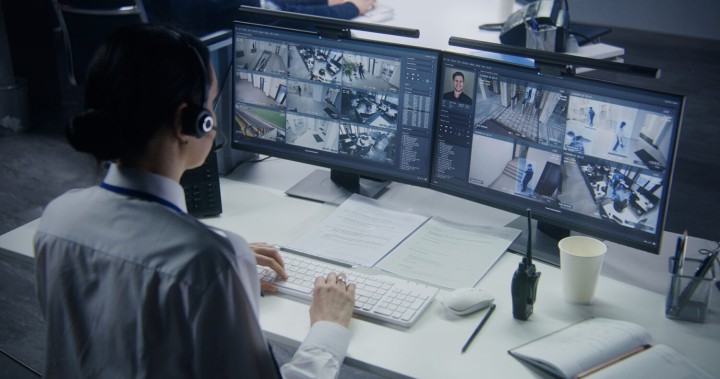Hybrid working has made building usage far less predictable but the pressure to improve efficiency, reduce costs, and meet sustainability targets hasn’t let up. Nearly one in four (28%) UK employees now work in a hybrid pattern, while only 22% are in the office full-time, leaving significant pockets of commercial space underused.
This shift is reshaping the physical workplace with UK offices now providing just 56 desks per 100 employees, down from 79 in 2022, even as desk usage rises from 33% to 49%. The result is a mismatch between reduced provisions and concentrated demand on in-office days bringing fresh challenges to facilities management teams already grappling with rising costs, staffing shortages and ageing infrastructure.
Facilities leaders are increasingly focused on systems that can respond and adapt in real-time to how a space is being used, instead of how it’s expected to be - bringing greater visibility, control and efficiency to day-to-day operations. The goal is simple: to align services, amenities and workspace with real-world demand.
Smarter, Leaner and More Efficient Operations
Research shows that Facilities Management (FM) teams increasingly recognise the value of digital transformation, with 53% of organisations rating it a "highly important” strategic priority. Yet despite the enthusiasm adoption is often held back by perceived cost and complexity. A third (33%) of FM leaders cite budget constraints as the main barrier to investment, while others (19%) struggle to integrate new technologies with legacy systems.
This is where artificial intelligence (AI) is beginning to make a significant impact. As FM teams look to improve operational efficiency, reduce downtime and get more value from existing resources, AI offers the ability to move from reactive processes to proactive, insight-led decision-making.
Video analytics in particular, alongside 3rd party sensors, are helping building managers tap into real-time usage patterns and occupancy data by integrating with existing camera infrastructure and unlocking actionable insights without the need for time-intensive, costly system upgrades.
Energy optimisation is one of the areas seeing some of the most immediate wins. AI-powered tools can automatically adjust lighting, heating and cooling based on occupancy data, reducing waste, and cutting energy costs whilst maintaining comfort.
The same applies to cleaning - rather than following set rotas, AI-powered tools can flag a clean is needed based on footfall. For example, once a camera detects a specific number of users have entered a bathroom or shared space. This ensures hygiene standards are maintained whilst improving staff allocation.
Even the humble meeting room is being reimagined. AI can monitor traffic and usage and release no-show bookings to make better use of limited space and provide employees with the facilities they need. Likewise, it can detect the number of people present within a room and automate environmental controls like temperature and airflow based on those figures.
From Security to Strategy
Beyond these applications, AI-powered video analytics is expanding beyond traditional security functions. In an industrial setting, it can be used to detect hazards, monitor high-risk areas, manage traffic flow and help ensure PPE compliance. These insights can help inform facilities managers on how best to plan out and organise a space.
Despite growing adoption, misconceptions about AI in facilities management persist. For some, it still feels too complex and expensive. For 17%, resistance to changing the status quo is one of the biggest blockers. Others believe it requires new infrastructure or is only suitable for smart buildings.
In reality, AI can be introduced incrementally and integrated with existing systems - designed to complement, not replace human teams - by automating repetitive, data-heavy tasks and freeing people up to focus on higher value work.
Data privacy and compliance are also understandably areas of concern when handling visual data. For this reason, AI systems must embed privacy by design through features like data anonymisation, face blurring and strict access controls that support safety and efficiency without compromising dignity or compliance. That said, facilities management teams must communicate clearly and ensure transparency around when, where and why video data is being used to protect individual privacy.
Facilities Management of the Future
Facilities management will continue to evolve as AI-powered technologies become more deeply embedded into our buildings, moving from static operations to adaptive systems that respond to shifting patterns and usage.
With smarter resource allocation, predictive maintenance and real-time optimisation, facilities management teams will be better equipped than ever to meet the fluctuating demands of a hybrid workforce, turning what was an area of unpredictability into opportunity.
Originally published in FMUK August 2025



